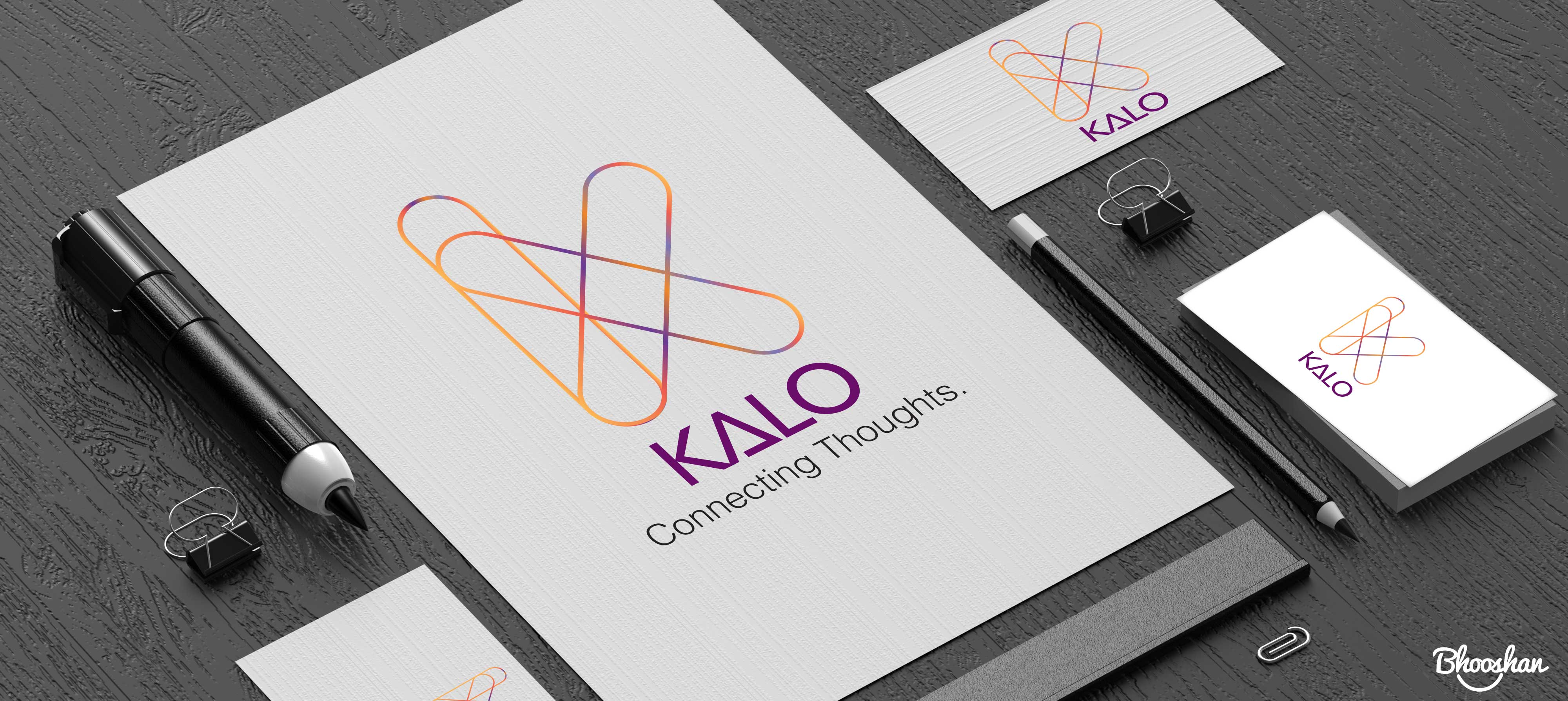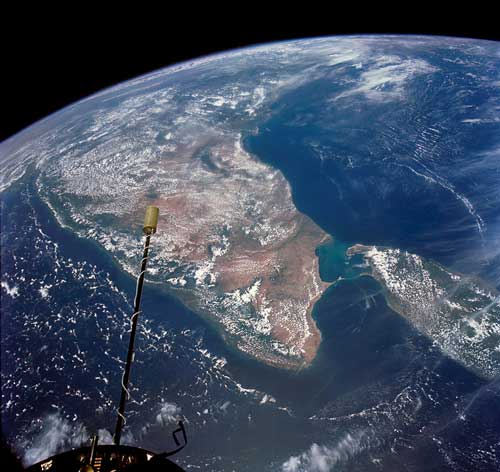This holiday interval provided an enriching creative opportunity, and one, which has resulted in an excellent culmination to my 2017. I met with the Founder-CEO of Kalo Healthcare Solutions, a Toronto-based company and involved in digital healthcare consulting for enterprise solutions, and over a coffee, it was decided that I would create a brand identity system for them. After following up with some conversations, I decided to build a branding concept that conveys the message of Kalo’s assiduous focus on its stakeholders, large and small, to transform into digital healthcare by offering both strategic consultation and delivery services. This is a story of the how the brand identity design came into being.
Developing A Narrative
From the beginning, I felt I was dealing with ambiguous data with challenges in forming a right approach for developing the brand identity. So I resorted to a strategy similar to some of the other identities I have designed in which I had to conceive a series of ideas through storytelling in order to get to a metaphorical context for the brand. On the other hand, since the brand of ‘Kalo’ was fairly new I saw ample opportunity to envision a unique brand styling not influenced by its past. I was aiming to connect with a brand value in not just building a mark/symbol with type and colour schema but also depict Kalo’s mission and vision through a story. Since Kalo was a new company, the limited knowledge about its organizational structure and its lack of vision/mission proved to be a blessing, in that I wasn’t constrained in my visualization of what the company could or could not bring to this world. I had a brief which was limited in its information yet brimming with critical touch-points which I could develop into tangible concepts. I was told that ’Kalo’ is a Greek term for ‘good’, and I parked that thought for now. Instead of taking the simple route I deliberately avoided expanding that keyword into concepts and challenged myself to think further and into Greek mythology and culture. I also consciously avoided conceptualizing around the typography, although the alphabet ‘K’ did latch onto my visualization. But in terms of exploring the virtues further, what else could a company named ‘Kalo’ signify?



 This is one of
This is one of